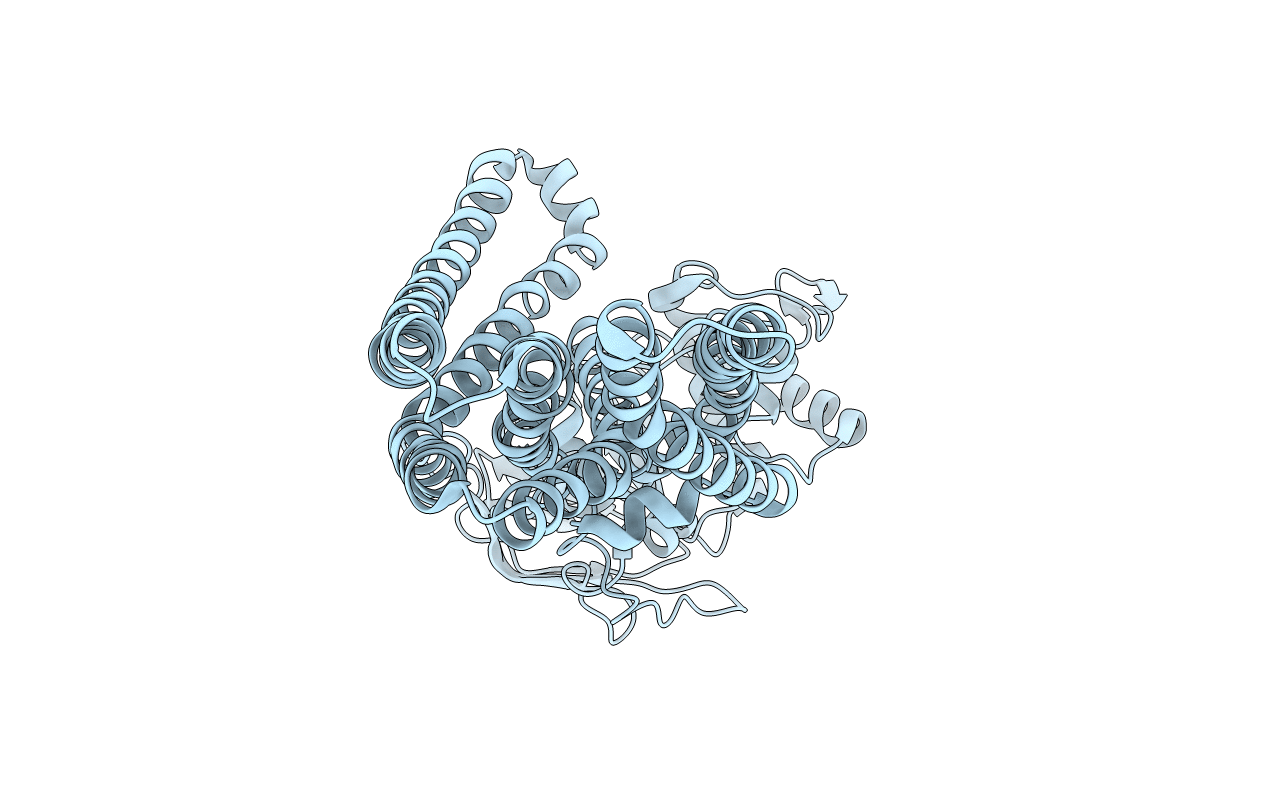
Deposition Date
2017-07-11
Release Date
2017-09-06
Last Version Date
2024-01-17
Entry Detail
PDB ID:
5OFP
Keywords:
Title:
Structure of the antibacterial peptide ABC transporter McjD in an apo inward occluded conformation
Biological Source:
Source Organism:
Escherichia coli (Taxon ID: 562)
Host Organism:
Method Details:
Experimental Method:
Resolution:
4.71 Å
R-Value Free:
0.33
R-Value Work:
0.31
R-Value Observed:
0.31
Space Group:
P 42 2 2


